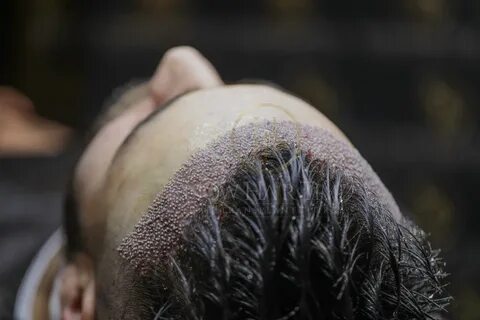


Hair transplants have evolved over the years, and today, individuals looking to restore their hair have multiple options to choose from. The most popular techniques include Follicular Unit Extraction (FUE), Direct Hair Implantation (DHI - Modification of FUE), and Follicular Unit Transplantation (FUT). Each method comes with its own set of advantages, costs, and ideal candidates. This guide will help you understand these methods and decide which one is best suited for your needs.
- FUE is a modern and highly sought-after hair transplant technique and most popular technique in 2024. In this method, individual hair follicles are extracted from the donor area (usually the back of the scalp) and transplanted to the balding or thinning areas.
- DHI is a modified form of the FUE technique. In DHI, the implantation process is different, and grafts are implanted directly into the recipient area without needing to create incisions beforehand.
- FUT, also known as the strip method, is one of the traditional hair transplant techniques. In this procedure, a strip of skin containing hair follicles is removed from the donor area, and then the follicles are extracted and transplanted into the balding areas.
| Key Point | FUE | DHI |
| Extraction Method | Individual follicles are extracted from the donor area using a punch tool. | Similar to FUE |
| Implantation Process | After extraction, the recipient area is prepared by making incisions where the follicles will be placed. | DHI uses an implanter pen to directly place the extracted follicles, skipping the incision step, which allows for greater precision. |
| Recovery Time Cost Consideration | The recovery period for FUE is relatively short, with patients returning to normal activities within a few days. | Similar to FUE |
| Cost Consideration | Generally more affordable than DHI. | DHI is usually more expensive due to the advanced tools and more time requirements. |
Pros and Cons of FUE
Pros and Cons of DHI
Pros and Cons of FUT
FUE is one of the most popular hair transplant methods globally in 2024. It offers several benefits:
DHI takes hair transplantation a step further by offering:
FUT remains a viable option for those needing a large volume of hair grafts in a single session. It may be the preferred method if:
The cost of hair transplant procedures can vary based on the method used and the clinic. Here's a rough comparison:
Choosing the right clinic for your hair transplant is crucial to achieving the best results. In Surat, clinics like RQC Hair Transplant Clinic offer advanced hair restoration treatments, including FUE, DHI, and FUT, tailored to each patient’s unique needs.
- Top Clinics: Look for clinics with experienced surgeons, modern equipment, and a proven track record.
Choosing the best hair transplant treatment depends on several factors:
Each hair transplant method—FUE, DHI, and FUT—has its advantages and is suited to different needs. While FUE and DHI offer quicker recovery and minimal scarring, FUT is a cost-effective solution for those requiring many grafts. It’s crucial to consult with a skilled surgeon to determine the best method for your individual needs.
